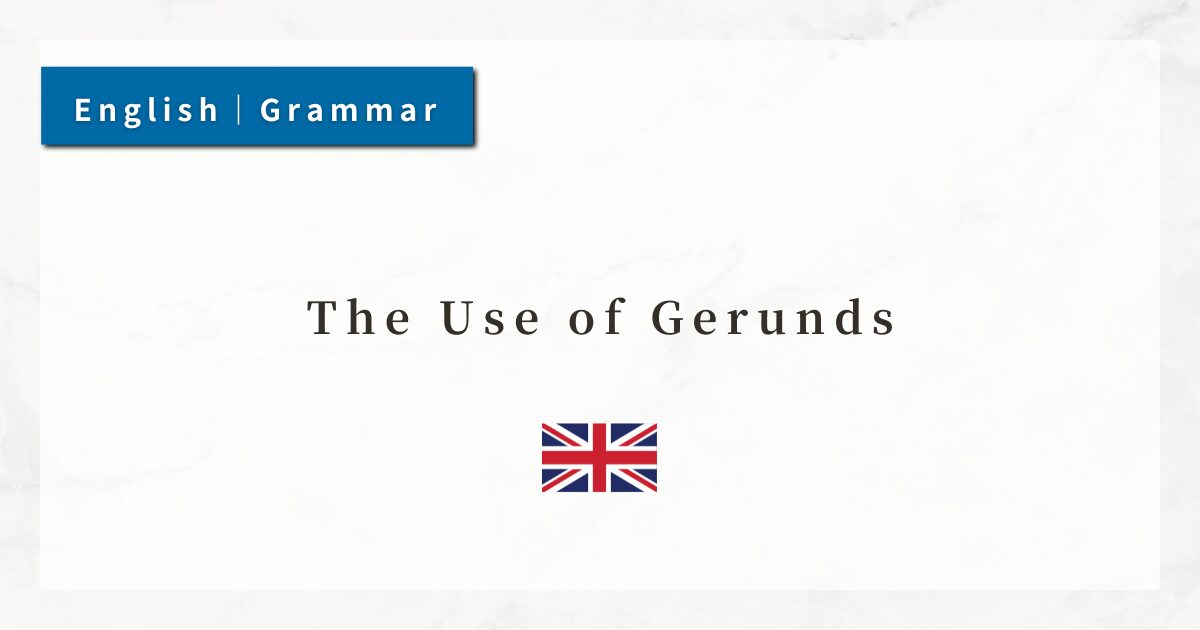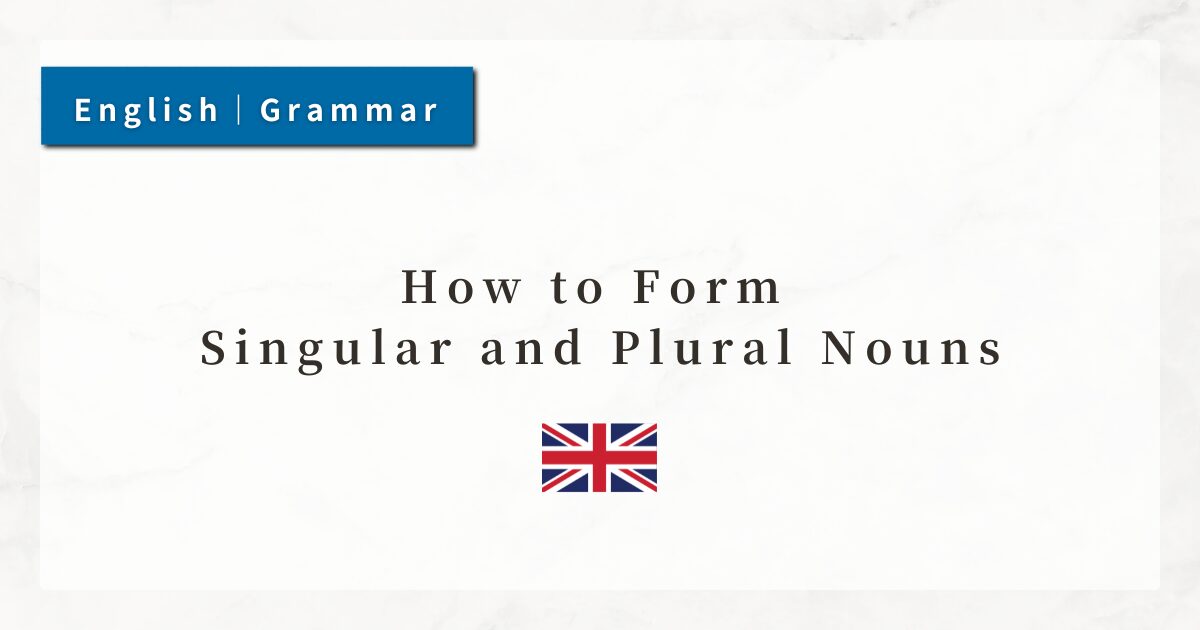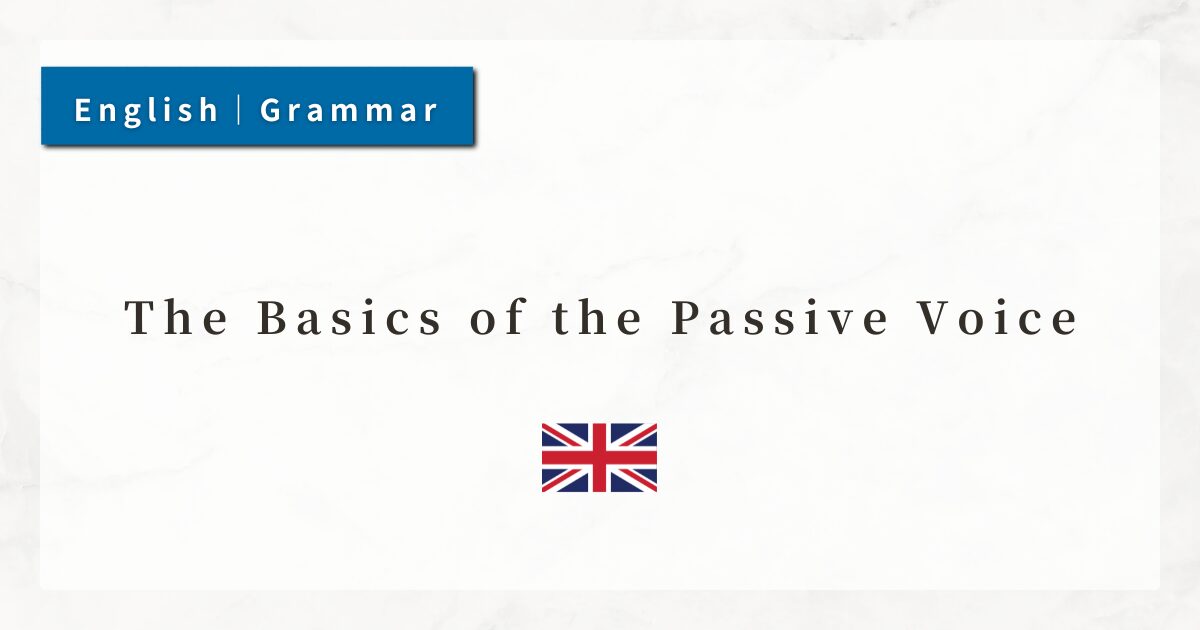#29 The Use of Gerunds|Rules and Examples of “Verb + -ing”

In English, a verb can take the ending “-ing” and function as a noun. This form is called a gerund. A gerund can serve as the subject, object, or complement within a sentence, and it expresses an action or activity as a concept.
In this lesson, I will explain the basic uses of gerunds, along with key points to watch out for, supported by example sentences.
1. The Basics of Gerunds
In English, by adding “-ing” to a verb, it can be used as a noun.
This “verb + -ing” form is called a gerund, and it functions as the subject, object, or complement in a sentence.
Although its form is the same as the present participle (e.g., “reading” = “doing something”), their functions differ as shown below:
| Form | Role in a Sentence | Meaning |
|---|---|---|
| Gerund (reading) | Subject / Object, etc. | the act of reading (noun-like) |
| Present Participle (reading) | Adjective / Progressive tense | reading (adjectival / verbal) |
Gerunds are often translated as “~ing” or “the act of ~,” and they are used when an action or activity is expressed as a unified concept, functioning as a noun.
2. How to Use Gerunds
2-1. Using Gerunds as the Subject
A gerund can be placed at the beginning of a sentence and serves as the subject, meaning “the act of ~.”
- Swimming is good exercise.
- Studying English is important.
When used as the subject, the gerund is treated as third-person singular, so the verb must take the -s ending.
2-2. Using Gerunds as the Object of a Verb
Many verbs take a noun or noun phrase as their object. Some verbs specifically require a gerund (rather than an infinitive) as their object.
Here are common verbs that take a gerund:
- enjoy
- finish
- avoid
- mind
- practice
With these verbs, it is incorrect to use the infinitive (to cook, to talk). You must use the gerund (cooking, talking).
2-3. Using Gerunds After Prepositions
In English, a gerund often follows a preposition (about, of, at, without, etc.).
- I’m interested in learning English.
- He left without saying goodbye.
Even when “to” appears, if it is a preposition (not an infinitive marker), it must be followed by a gerund.
Example:
- I look forward to seeing you
In this case, although it looks similar to “to + verb (infinitive),” the “to” in “look forward to” is a preposition, and thus it requires the -ing form.
2-4. Using Gerunds as Complements
A gerund can also be used after the verb be to explain what the subject is or does. In this case, the gerund functions as the complement (C).
- My job is teaching.
- Her favorite activity is painting.
Here, the subject and the complement stand in an “=” relationship.
3. Summary
- A gerund is formed by “verb + -ing” and functions as a noun in a sentence.
- Gerunds can serve as subject, object, or complement.
- A gerund always follows a preposition (e.g., at dancing, for coming).
- Some verbs require a gerund instead of an infinitive (e.g., enjoy, finish, avoid).




